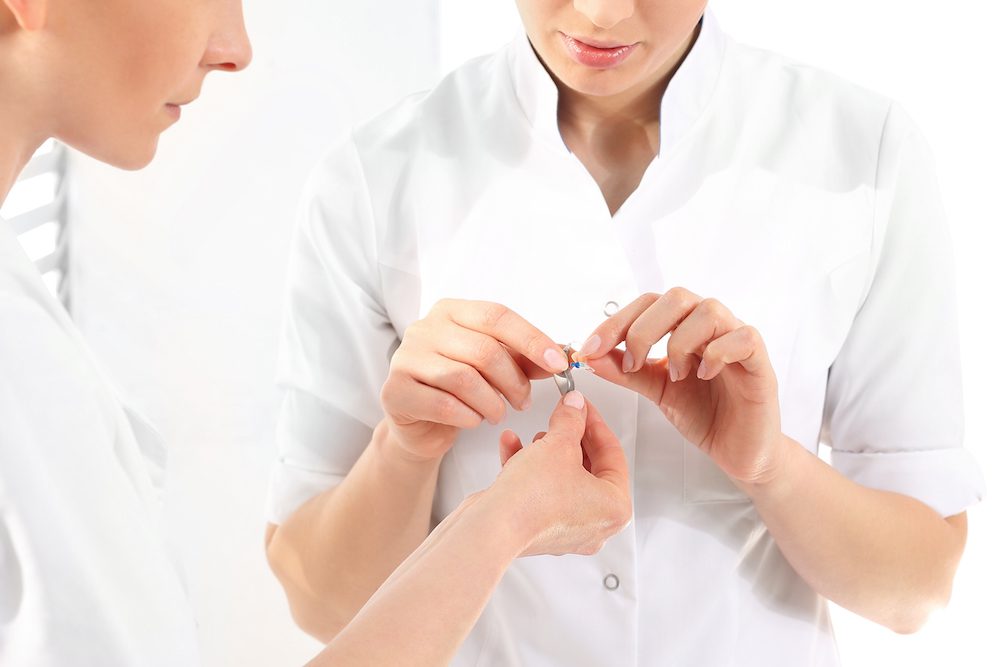The Psychological Impact of Undiagnosed Hearing Issues
Hearing loss often creeps up on us, quietly affecting not just our

By: admin | November 22, 2022
In recent years, there has been a lot of discussion about the use of hearing aids and whether or not they weaken your real hearing. Some people believe that once you start using a hearing aid, you will never be able to live without it. But on the other hand, others think that the use of a hearing aid actually improves your real hearing. So, what is the truth? Does using a hearing aid weaken your real hearing?
A hearing aid is a small electronic device that you wear in or around your ear. It makes sounds louder so that you can hear them better. Hearing aids come in different shapes and sizes and can be used for mild, moderate, severe or profound hearing loss.
A hearing aid has three main parts: a microphone, an amplifier and a speaker. The microphone picks up sound waves and converts them into electrical signals. The amplifier makes the electrical signals stronger. And the speaker changes the amplified electrical signals back into sound waves and sends them into your ear.
In-the-ear (ITE) hearing aids are a discreet type of hearing aid. They fit in the bowl-shaped area of your outer ear. In-the-ear hearing aids come in two different styles: full shell, half shell.
Behind-the-ear (BTE) hearing aids are the largest type of hearing aid. They fit behind your ear and are connected to a plastic earpiece called an earmold or an earbud by a piece of clear tubing. Behind-the-ear hearing aids come in three different styles: open fit and receiver-in-canal. These are the most visible hearing aid style, if you are looking for a discreet hearing aid, then talk to your audiologist about in the ear or in the canal.
Open-fit behind-the-ear hearing aids have a thin tube that goes from the back of the hearing aid into your ear canal. There is no earmold or earbud. Instead, the sound travels through the thin tube into your ear canal and then to your eardrum.
The receiver-in canal hearing aids has a small wire that goes from the back of the hearing aid into your ear canal. The wire is connected to a receiver that is placed in the bowl-shaped area of your outer ear.
In-the-canal hearing aids are the second smallest type of hearing aid. They fit in the opening of your ear canal and are not visible. In-the-canal hearing aids come in two different styles: completely-in-canal and in-the-canal. A completely-in-canal hearing aid fits deeply into your ear canal so that it is not visible. An in-the-canal hearing aid fits partly in your ear canal and is visible.
If you are looking for something that will not be noticeable then ITC hearing aids for you. If you have dexterity issues, then a bigger model, such as BTE hearing aid, might be the right choice for you, talk to you audiologist and see what may be the best fit for you!
Hearing aids do not weaken your real hearing. In fact, they can actually improve your real hearing by making sounds louder so that you can hear them better. If you have hearing loss, using a hearing aid can help you hear better and communicate more effectively.
Your hearing can only be affected by loud noise exposure, ear infections or other medical conditions. If you are concerned that your hearing aid is affecting your real hearing, you should talk to your audiologist. They can help you to troubleshoot any issues that you may be having with your hearing aid and can make sure that it is working properly.
If an audiologist suspect hearing loss, then they will run you through a couple of test, to see the severity of your hearing loss. Once the severity of your hearing loss is determined, an audiologist will discuss the best course of treatment for you!
Arkansas Professional Hearing Care is dedicated to providing our patients with the best possible hearing healthcare. We offer a variety of services, including hearing testing, hearing aid fittings and hearing aid repairs. Contact us today at (501) 588-0177 to schedule an appointment!
Tags: hearing aid basics

Hearing loss often creeps up on us, quietly affecting not just our
By: admin | January 31, 2024

Hearing loss is a common issue that many individuals face at any age.
By: admin | December 28, 2023

Pediatric hearing loss is a significant concern that not only impacts a
By: admin | November 25, 2023
